
Not every week brings a neon-pink and neon-green-painted sky to Missouri and Illinois. But an upsurge in geomagnetic activity has pushed the aurora borealis far from its normal Arctic habitat. For many, this is a once-in-a-lifetime chance to see and shoot photographs of nature’s most electric light show.
Geomagnetic storms, triggered by coronal mass ejections from the sun, don’t just dazzle the eye; they ripple through Earthly technology, from satellites and GPS to even power grids. For photographers, however, they offer a brief window into capturing something remarkable. With either a DSLR, mirrorless, or even a simple smartphone, the right approach can frame the faint glow.
From avoiding light pollution to dialing in camera settings, here are some expert-backed tips for photographers in Missouri and Illinois on how to make the most of this rare, celestial gift.
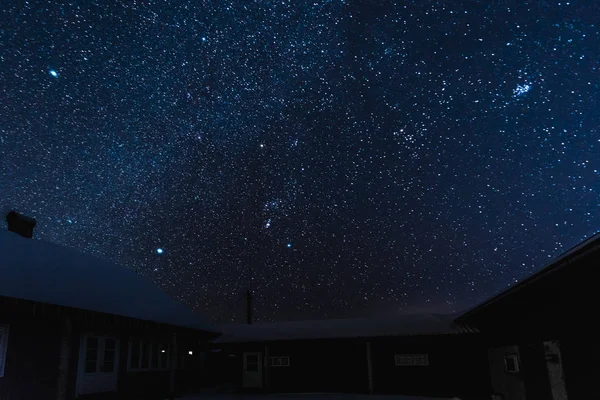
1. Escape the City Glow
Light pollution is the biggest enemy of night sky photography. An aurora, even when faint, will vanish in the blaze of a streetlamp. Experts recommend driving at least 30 minutes away from the urban centers to find darker skies. Apps like Gaia GPS or Dark Sky International’s map can pinpoint the nearest low-light zones. For best results, position yourself with a clear view facing true north the direction where auroras are most likely to appear.

2. Time It Right
In the Midwest, auroras often peak just after sunset, but activity can fluctuate throughout the night. Keep an eye on aurora forecasts from sources like the NOAA Space Weather Prediction Center. A high activity index won’t help if clouds roll in, so also check local weather maps. “Sometimes you need just a bit of luck to be able to view it at all,” said Brian Munoz of St. Louis Public Radio.

3. Frame with Foreground
A glowing sky can be beautiful, but adding a recognizable landmark or silhouette can make the shot. Think barns, bridges, or even the Gateway Arch. Foreground elements give scale and context that will help tie the image uniquely to your location. Scout your composition during daylight so you’re not fumbling in the dark.
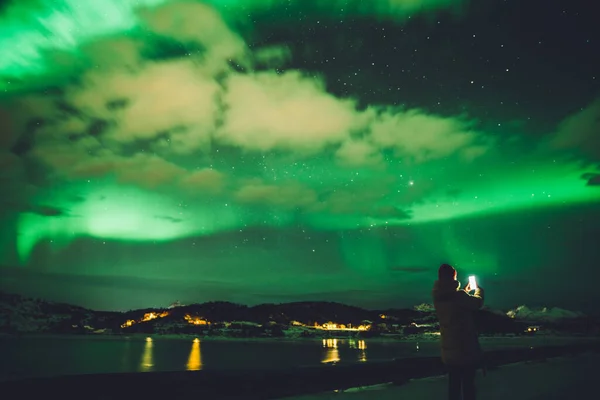
4. Master Smartphone Night Mode
You don’t need a professional kit to capture the aurora. On phones, switch to night mode or long exposure mode, turn off the flash, and brace your arms against your body or a solid surface. “Any little shake is going to make your image blurry,” says Munoz. For even sharper results, use a tripod and your phone’s timer to avoid jostling the shutter.

5. Fix for Sharpness
Long exposures require tripods, whether you’re shooting with a phone or camera. If you don’t have one, improvise rest your device on a fence, rock, or car roof. For DSLR or mirrorless users, a remote shutter release or 2–5 second timer can eliminate the subtle vibrations caused by pressing the shutter button.
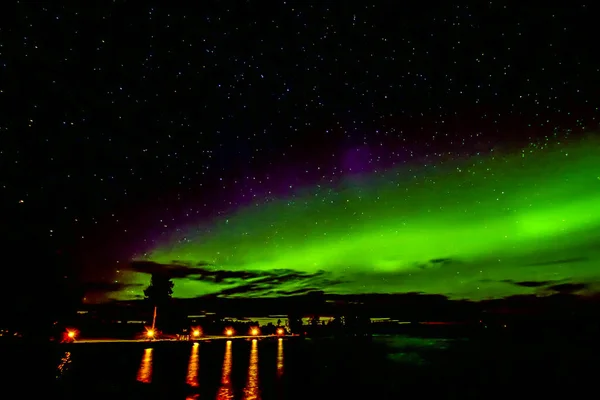
6. Go Wide and Bright
Auroras can streak across the whole sky, so a wide-angle lens helps capture the full sweep. Lenses with apertures of f/2.8 or faster gather more light, allowing shorter exposures that preserve detail in fast-moving auroral curtains. For crop-sensor cameras, 14–24mm is ideal; for full-frame, 20mm or wider works beautifully.
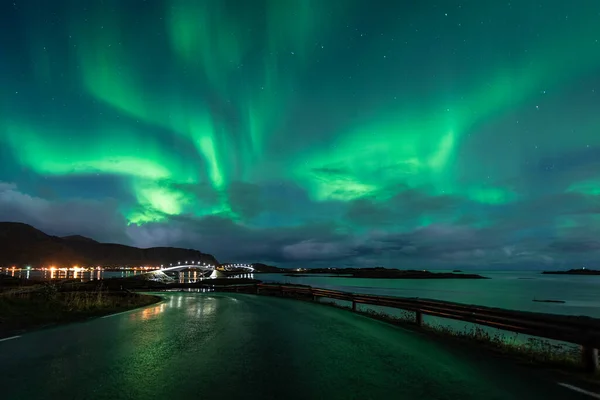
7. Shoot in RAW for Flexibility
RAW files preserve far more color and detail than JPEGs, especially in low-light scenes. Since RAW files capture upwards of 16,384 shades per channel, you can recover shadow detail and fine-tune your white balance without degrading image quality. This can make the difference between a flat green smear and a richly textured aurora.
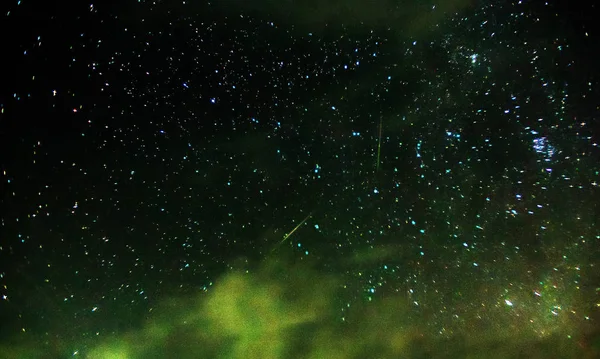
8. Balance Exposure Settings
For DSLR or mirrorless cameras, start with a wide aperture such as f/2.8, ISO between 1600–3200, and with shutter speeds at 10–15 seconds. Too long, and the aurora’s movement will blur; too short, and you lose faint detail. Adjust after a test shot, checking the histogram rather than relying on the LCD preview, which can mislead in low light.
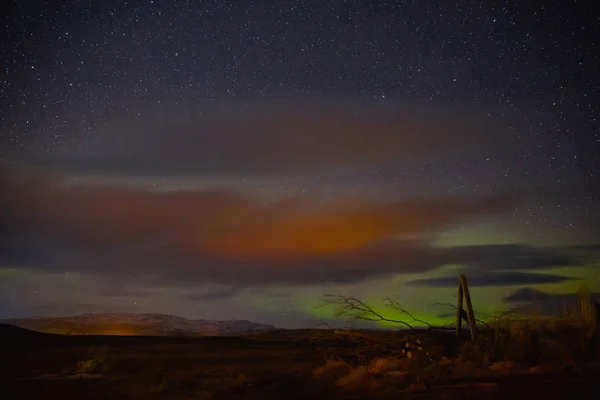
9. Keep Lenses Clean and Conditions in Mind
Smudges or condensation can ruin an otherwise perfect shot. Carry a soft microfiber cloth and wipe off your lens before shooting. In cold conditions, avoid breathing directly onto the glass to prevent fogging. If the temperatures drop, be mindful of battery life-cold drains power quickly, so keep spares warm in a pocket. The northern lights over Missouri and Illinois, a rare reminder that extraordinary beauty may show up anywhere.
And with a little planning, the correct gear settings, and an ability to improvise, a photographer can make a transitory natural event into a permanent image. And even when the pictures don’t turn out, standing under a sky alive with color is its own unforgettable reward.


